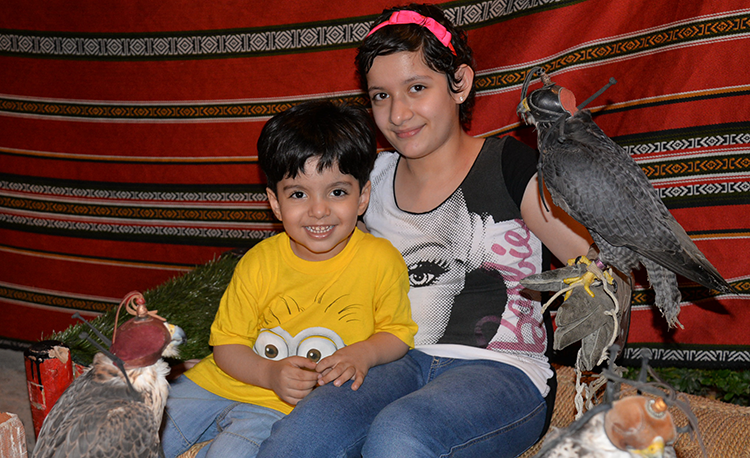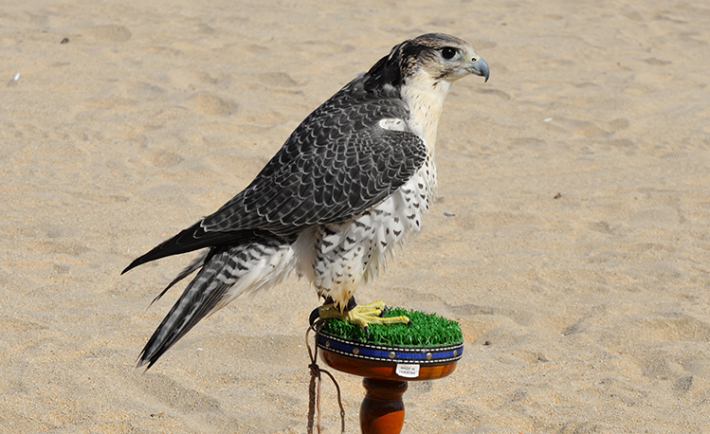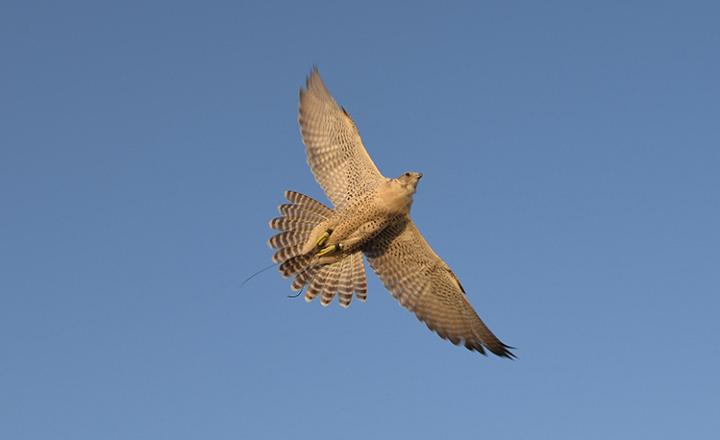Middle Easterners have been entertaining themselves with the sport of falconry for centuries. Some sources suggest that the sport of falconry started over 4,000 years ago.
Of late, the sport of our ancestors has been gaining ground, yet it still hasn’t become widespread amongst the masses. So it’s about time, we educate ourselves about this sport that continues to intrigue people from far and wide.
Origin
Although falconry is widely associated with Arabia today, it is believed to have originated in China. It features in many historic Chinese paintings and literature as well.
When it spread to Arabia, it wasn’t considered a sport, rather a means of obtaining food as falcons are expert predators. Falcons can spot prey at distances of several kilometers and some species of falcons can fly at over 100 km per hour and near 200 km per hour speeds on dives.

Over time, the falcon has integrated with the cultural heritage of the region. It is not only bedouins that engage in the sport today, many youngsters have developed an interest in the sport.
A Rite Of Passage
Falconry enthusiasts in The Kingdom regularly head to popular falcon spotting areas during the migration season that starts in October. However, the number of falcons migrating on these migration paths has been declining over the past few years due to poaching.
Photo Credit: Fahad – Explorer ToursThese falconers use their falcons to hunt, compete with other falcons and at times when they capture other injured falcons they even make the effort to heal them. Popular falcon breeds in The Kingdom include the Barbary, Sooty, Saker, Peregrine, Laner and Gyr.
During non-migrating seasons, falconers meet up to train their falcons. On sight of prey, the falconers remove the hood from the falcon’s head and let it fly. The falcons start a chase that can last for days. Radio transmitters are attached to the falcons so their respective owners can track them down after they have flown miles to catch their prey. In Saudi Arabia, the popular preys of choice include rabbits and desert quail.
Photo Credit: Fahad – Explorer ToursAt night, during camping, all falcons are lined up sitting on a perch next to their owners. They are kept hooded throughout the night with some clasping onto the arms of their owners. Most falcon owners have bought these falcons or have been gifted them by other fellow falcon owners. Some falcons can even fetch up to hundreds of thousands in auctions.
Photo Credit: Fahad – Explorer ToursFalconry is not an easy sport in any sense of the word; it demands time, patience and training. Training a falcon can take up to 10 days and a falconer has to carry the falcon on his arm for hours.
For those more interested in this sport, they can get in touch with Explorer & Expat’s Tours, who organize visits to popular falcon spotting grounds and can even arrange an informative session on falconry, bringing with them trained falcons to introduce the concept to children at their schools.

Explorer Tours Contact
Email: trailcheeta@yahoo.com
Mob: +966-507678139




















